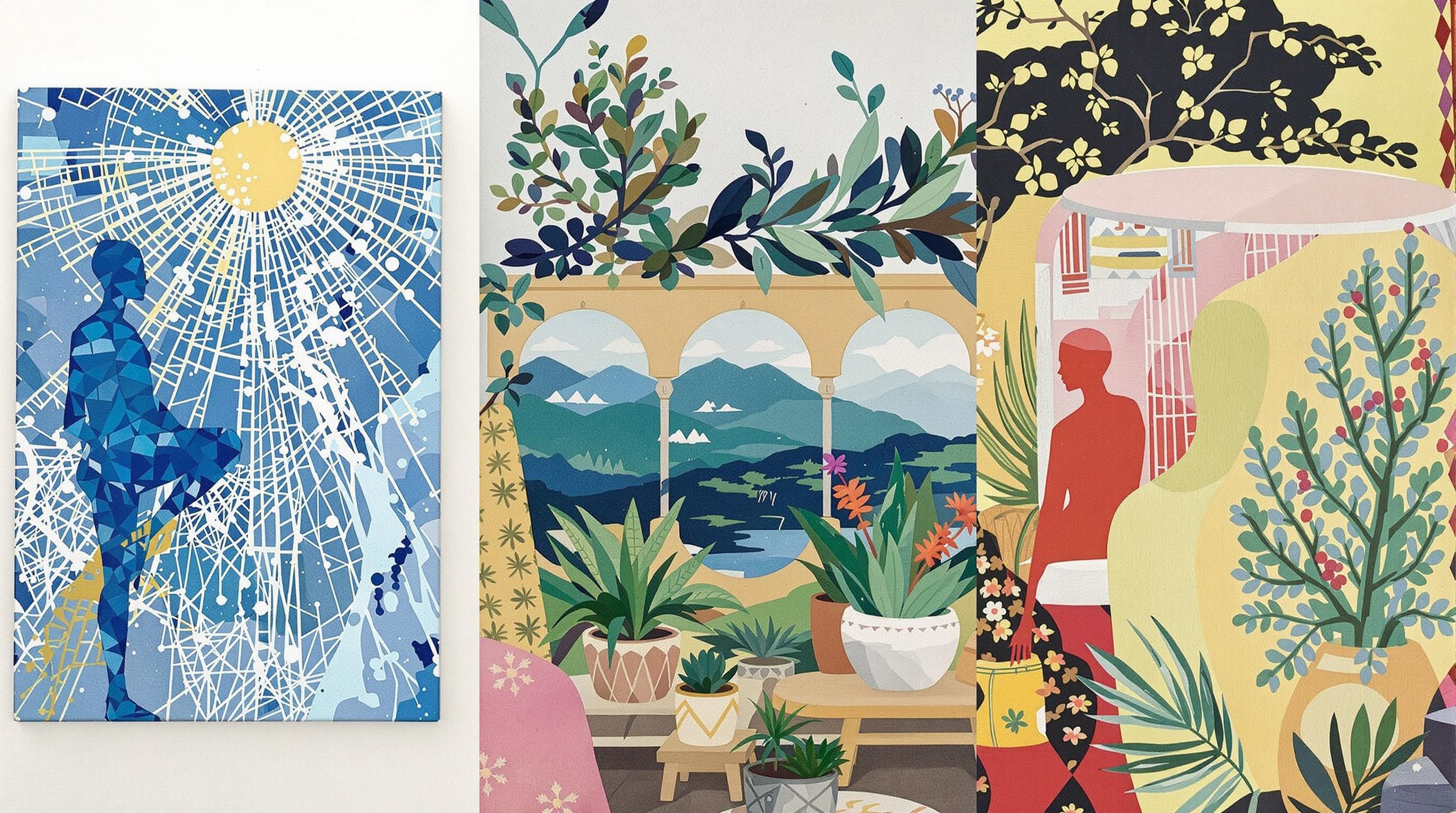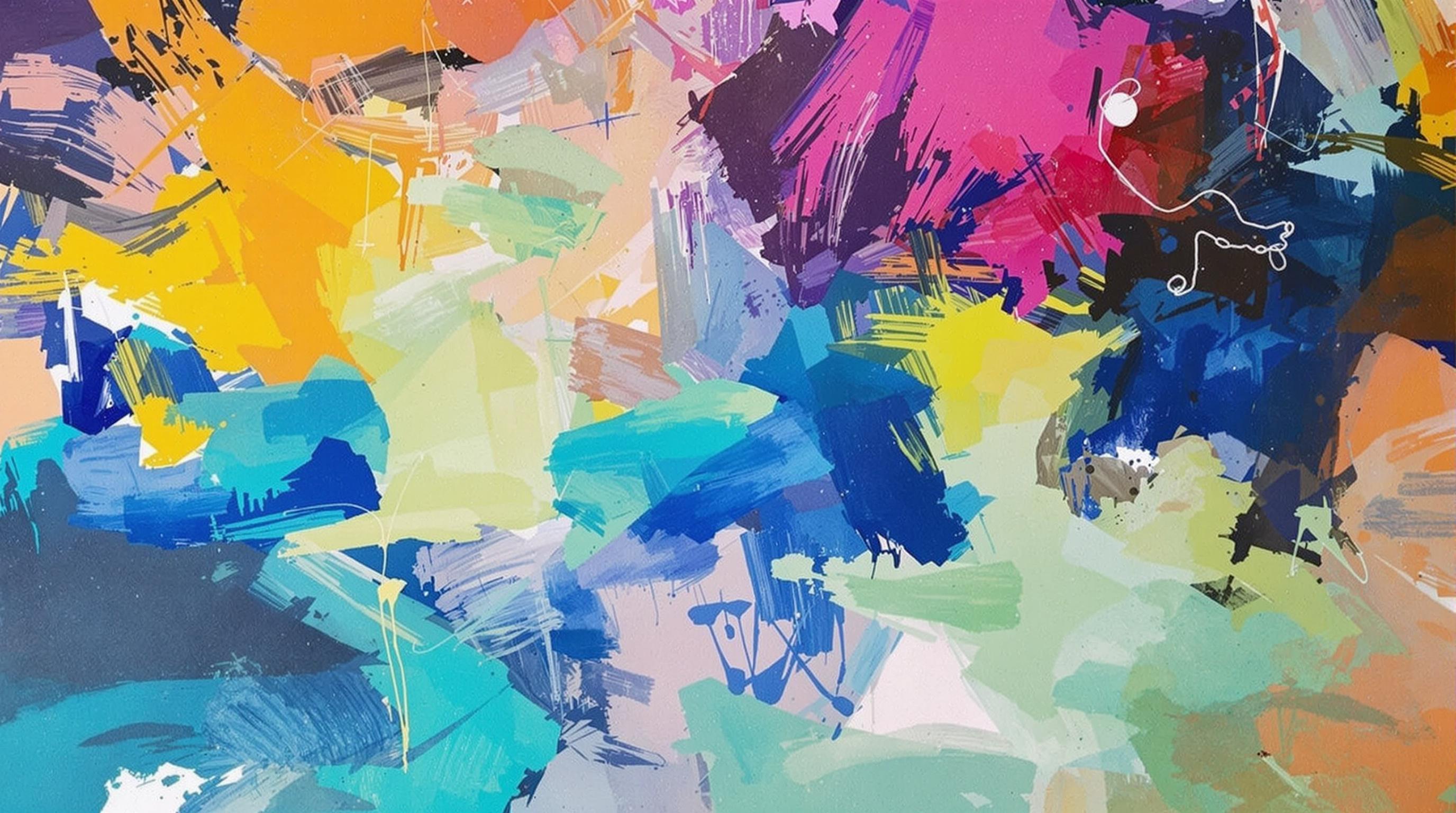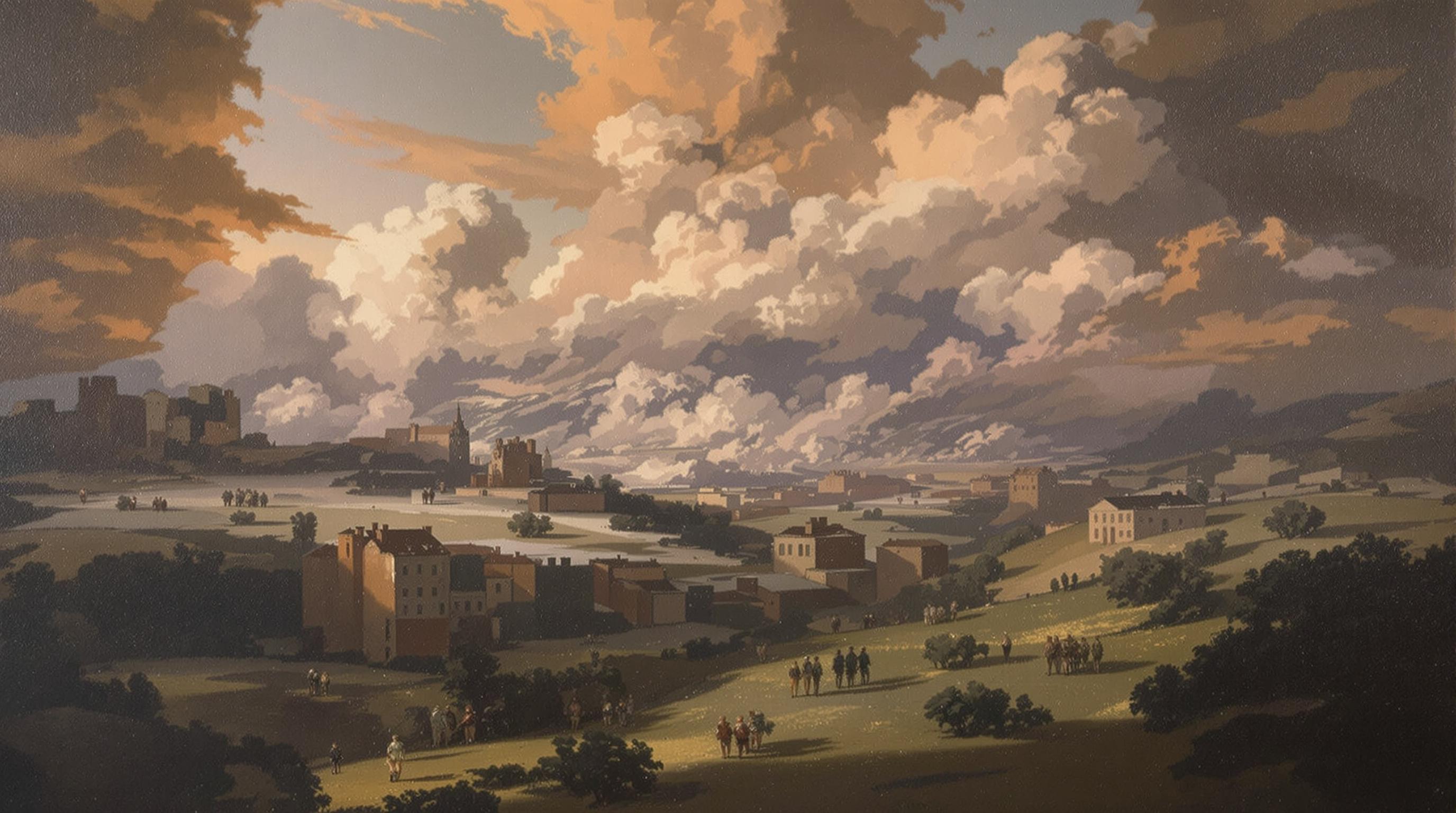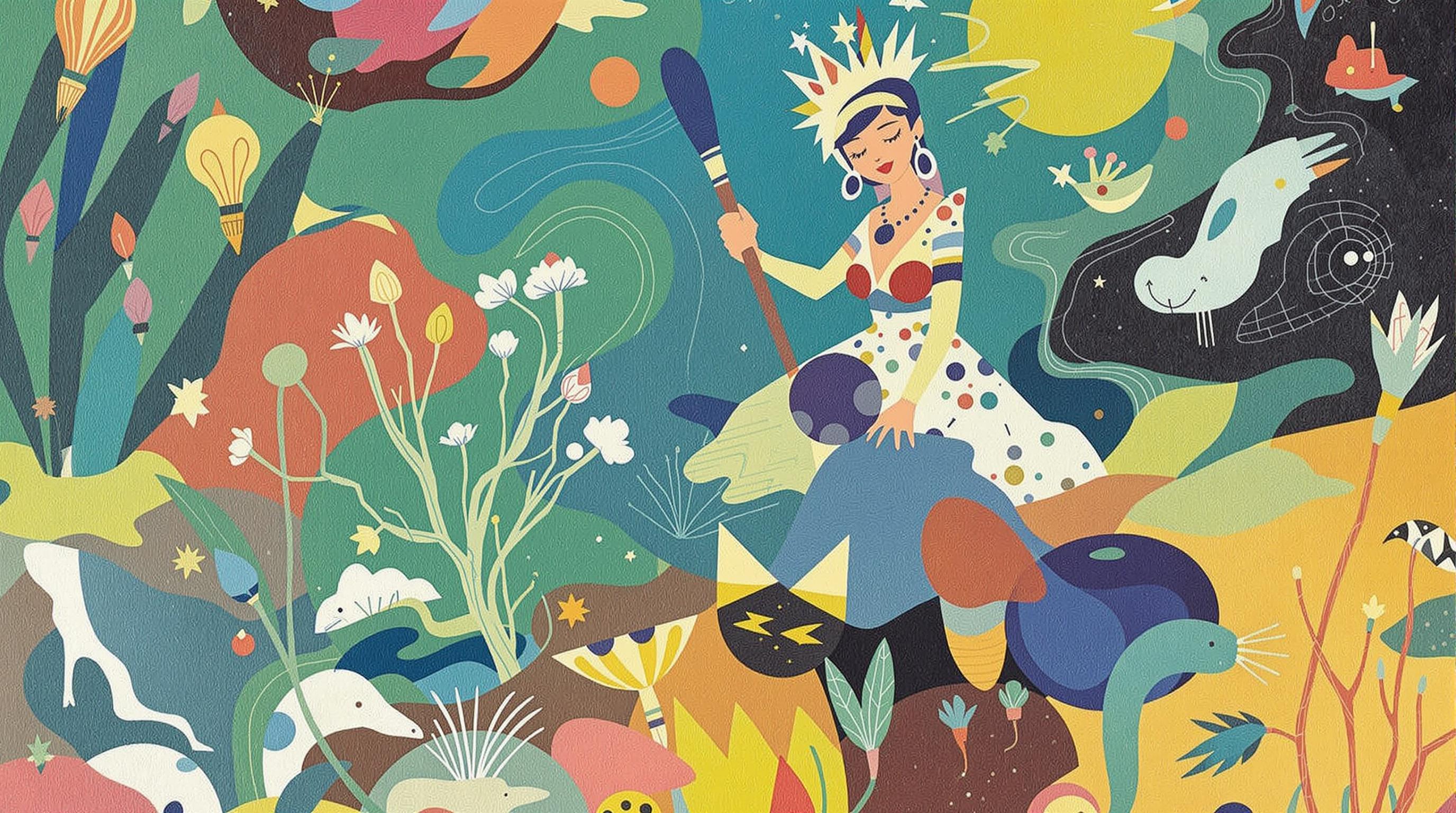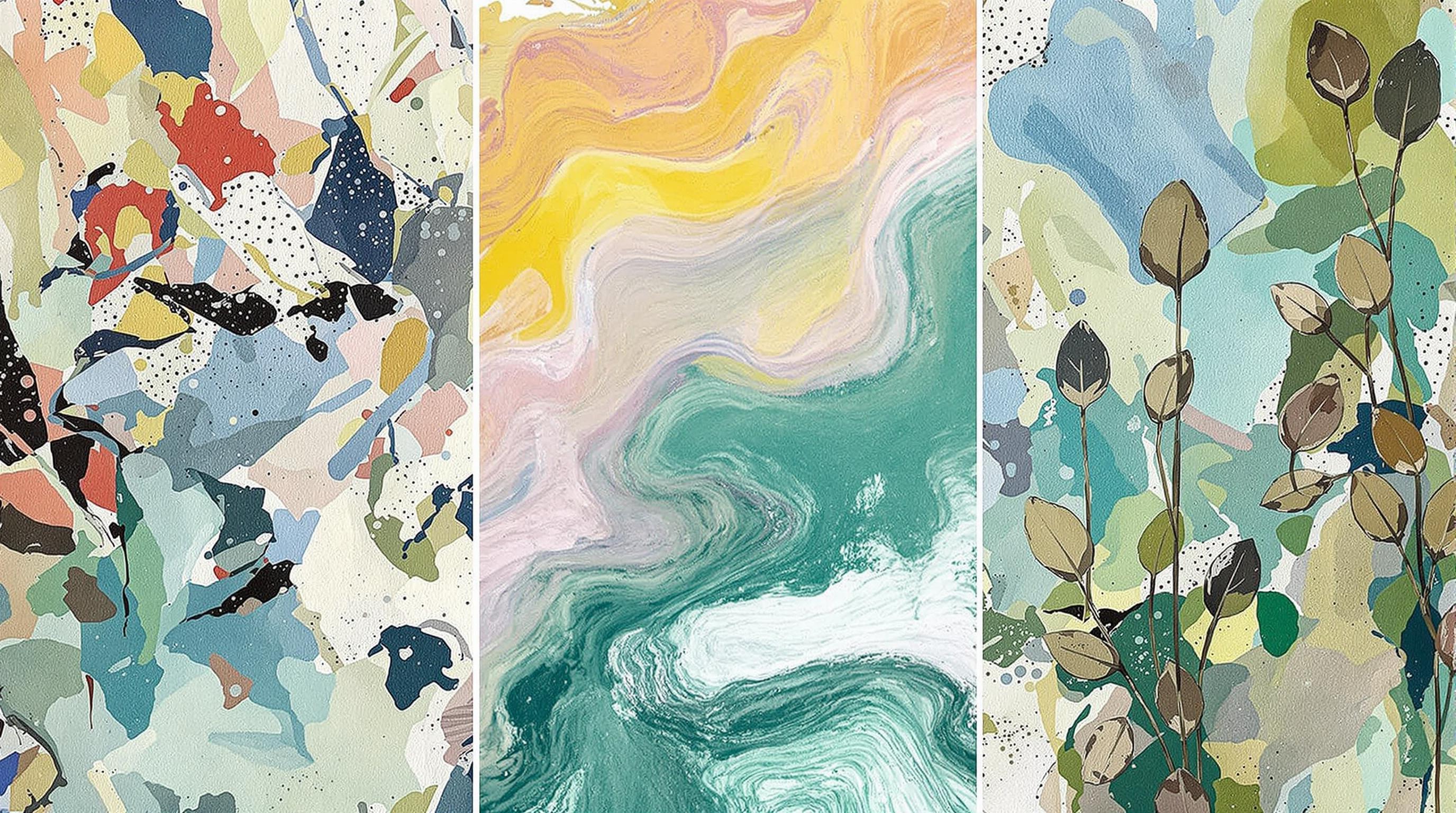Related Articles
- The Hidden Influence of Ergonomics: How Tool Design Shapes Our Physical Spaces and Daily Lives
- The Silent Influence: How Hidden Home Implements Shape Our Daily Routines and Spaces
- The Counterintuitive Role of Chaos: How Messy Tool Storage Can Lead to Unexpected Home Innovations
- Exploring the Unseen: How Audio Experiences Shape the Art of Domestic Spaces and Color Perception
- Rethinking the Mundane: How Everyday Objects are Becoming the Canvas for Modern Artistic Expression in Home Spaces
- Cultivating Chaos: The Surprising Benefits of Embracing Weeds in Your Garden Ecosystem
5 Unique Painting Techniques Inspired by Ancient Cultures That Will Refresh Your Home Decor and Ignite Your Creativity
5 Unique Painting Techniques Inspired by Ancient Cultures That Will Refresh Your Home Decor and Ignite Your Creativity
5 Unique Painting Techniques Inspired by Ancient Cultures That Will Refresh Your Home Decor and Ignite Your Creativity
1. Fresco: The Timeless Technique of Ancient Rome
Fresco painting is a technique that dates back to ancient Roman times, where artists applied water-based pigments onto freshly laid wet plaster. This method imbues walls with vibrant colors that become an integral part of the structure as the plaster dries. When done correctly, the result is a durable and stunning mural, echoing the grandeur of historic buildings.
To incorporate fresco techniques into your home decor, consider creating an accent wall in a room with consistent humidity levels, like a bathroom or kitchen. Start by selecting a color palette that resonates with the ancient Roman aesthetic—think muted earth tones combined with deep reds and blues.
For an authentic touch, experiment with the "buon fresco" method, which involves applying paint to wet plaster for a more permanent finish. The subtle texture created during this process adds depth to your space, turning a simple wall into a stunning art piece that sparks conversation.
2. Timbrel: The Art of Mosaic Painting from Ancient Egypt
Mosaic painting, especially evident in ancient Egyptian art, utilizes small pieces of colored glass, stone, or clay to create intricate designs. This ancient technique can be adapted for modern wall decor by utilizing paint to mimic the look of a mosaic, avoiding the labor-intensive work of arranging physical tiles.
Begin by choosing a bold design that resonates with the patterns found in ancient Egyptian artwork, using geometric shapes and vibrant colors to replicate the style. Use a variety of shades to achieve the illusion of depth and texture, imitating the light reflections seen in traditional mosaics.
The mosaic-inspired painted surface can act as a stunning focal point in any room, inviting viewers to examine the detail and craftsmanship involved. Incorporating this technique not only enhances your decor but also allows for a rewarding creative process that connects you to ancient artistry.
3. Sgraffito: The Layered Approach of Italian Renaissance
Sgraffito, an ancient Italian technique meaning "to scratch," involves layering different colors of plaster or paint and then scratching away the top layer to reveal the color beneath. This centuries-old method creates intricate designs and patterns that can enliven any space, showcasing textures and craftsmanship.
To use sgraffito in your home, start by applying a base layer of paint in a neutral color and then follow up with a top layer in a different hue that pairs well. Once the top layer dries, use a sharp tool to carve out patterns, initials, or even simple shapes. The revealed color from underneath adds a dynamic quality that reflects light and depth.
This technique not only enhances the aesthetic quality of your walls but also encourages a personal touch. By customizing designs, you channel the Renaissance spirit, where art met architecture, reflecting both beauty and purpose in everyday spaces.
4. Cave Painting: Primitive Inspiration for Modern Art
Rooted in the very beginnings of human creativity, cave painting evokes a sense of nostalgia and connection to our prehistoric past. The use of natural pigments and simple tools to create representations of everyday life in caves is a testament to humanity's long-standing relationship with art.
To incorporate this technique into contemporary decor, consider using earth-toned paints—like ochre, charcoal, and umber—to replicate the natural pigments used in ancient cave art. Using sponges or natural bristle brushes, recreate simple figures or patterns that pay homage to these primitive artists.
This technique not only brings a raw, organic feel to your space but also serves as a unique form of self-expression. By creating a 'modern cave' mural, you invite guests to ponder the roots of artistic expression while celebrating the primal creativity that resides in us all.
5. Indigenous Australian Dot Painting: A Modern Interpretation
Indigenous Australian dot painting is a stunning technique that often portrays Dreamtime stories and spiritual connections to the land. Using dots of vivid color to create patterns and images, this technique is both visually striking and rich in cultural significance.
To bring this technique into your home decor, you can create a large canvas featuring swirling patterns of dots that reflect your personal journey or local flora and fauna. Use acrylic paints in a variety of bright colors, applying them with brushes or even cotton buds for precise dot placement.
This vibrant method not only results in a visually captivating piece of art but also serves as a reminder of the importance of storytelling in culture. Engaging with this technique allows you to honor ancient traditions while expressing your unique narrative through art.
Conclusion
Exploring and incorporating ancient painting techniques can breathe new life into your home decor. The processes of fresco, mosaic imitation, sgraffito, cave painting, and dot painting each carry their own compelling histories and artistic philosophies. By experimenting with these methods, you engage not just with the colors and patterns they produce, but with the stories and traditions that have shaped them through time.
As you endeavor to refresh your space, remember that creativity knows no bounds. Each brushstroke and layer of paint is an opportunity to express your unique style while paying homage to the rich history of art. These techniques not only beautify your environment but also ignite a deeper connection to culture and creativity.
Incorporating these unique painting methods into your home is more than an aesthetic choice; it's a celebration of human expression that spans centuries. So grab your brushes and let history inspire your next home decor project!
